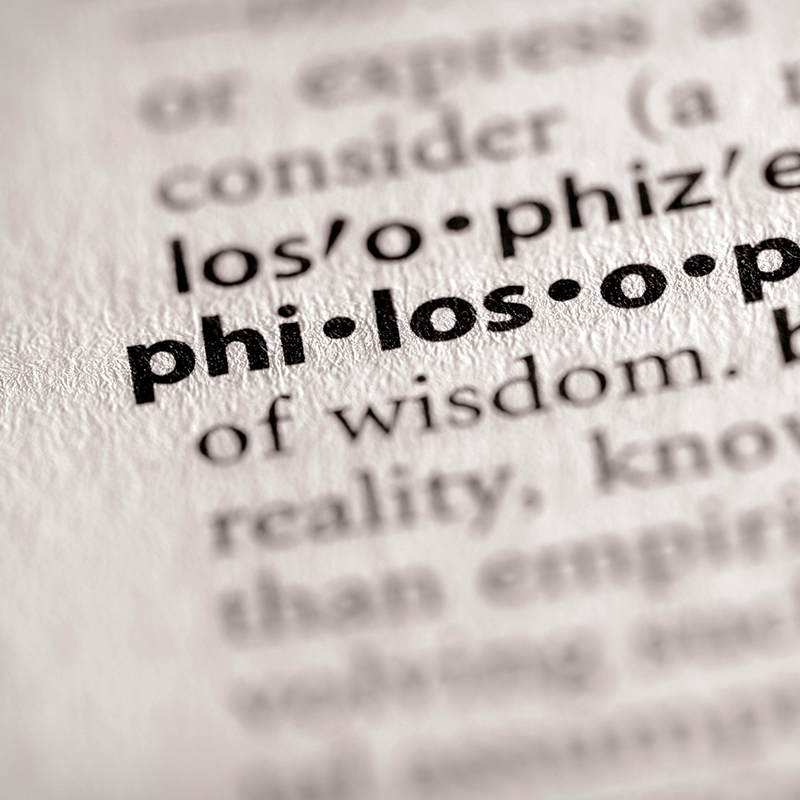https://philosophy.wustl.edu/xml/faculty_staff/11802/rss.xml
Professor O'Callaghan's research focuses on philosophical questions about perception. In particular, he has written about auditory perception and the nature of its objects and about multisensory perception and consciousness.
Casey O'Callaghan's work stems from a more general interest in how perceptual awareness relates to its objects and how it shapes our understanding of the natures of those objects.
Recently, he has been writing about speech perception, the significance of interactions among sense modalities for theorizing more generally about perception, how to differentiate the senses, how perception differs from extra-perceptual cognition, and psychological explanation and taxonomy.
Some essays on these topics are collected in Beyond Vision, published by OUP in 2017. Currently, he is writing a monograph on multisensory perception and consciousness called A Multisensory Philosophy of Perception.
A Multisensory Philosophy of Perception
By Casey O'Callaghan
Most of the time people perceive using multiple senses. Out walking, we see colors and motion, hear chatter and footsteps, smell petrichor after rain, feel a breeze or the brush of a shoulder. We use our senses together to navigate and learn about the world. In spite of this, scientists and philosophers alike have merely focused on one sense at a time. Nearly every theory of perception is unisensory. This book instead offers a revisionist multisensory philosophy of perception. Casey O'Callaghan considers how our senses work together, in contrast with how they work separately and independently, and how one sense can impact another, leading to surprising perceptual illusions. The joint use of multiple senses, he argues, enables novel forms of perception and experience, such as multisensory rhythms, motions, and flavors that enrich aesthetic experiences of music, dance, and gustatory pleasure.



